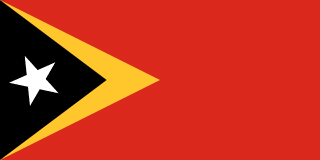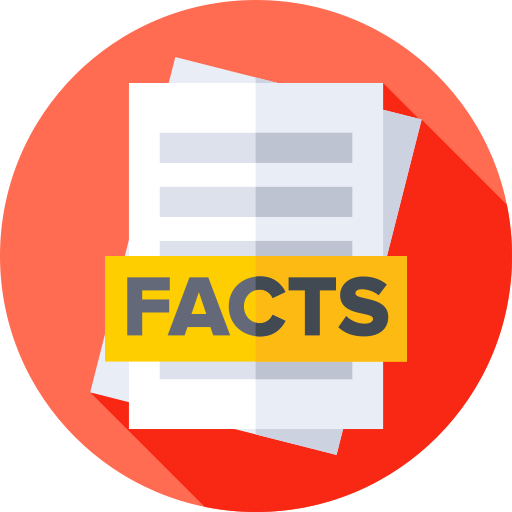Timor-Leste - Introduction

Here, let us take a look at some of the important facts about the country Timor-Leste. Here, we have some interesting facts about Timor-Leste. Timor-Leste (officially: Democratic Republic of Timor-Leste) is a country in Asia, precisely in South-Eastern Asia, with a population of about 1.4 Millions inhabitants today (2026-01-02). The capital city of Democratic Republic of Timor-Leste is Dili, and the official country TLD code is .tl. Timor-Leste has cca2, cca3, cioc, ccn3 codes as TL, TLS, TLS, 626 respectively. Check some other vital information below.
The island of Timor was actively involved in Southeast Asian trading networks for centuries, and by the 14th century, it exported sandalwood, slaves, honey, and wax. The sandalwood trade attracted the Portuguese, who arrived in the early 16th century; by mid-century, they had colonized the island, which was previously ruled by local chieftains. In 1859, Portugal ceded the western portion of the island to the Dutch. Imperial Japan occupied Portuguese Timor from 1942 to 1945, but Portugal resumed colonial authority after the Japanese defeat in World War II. The eastern part of Timor declared itself independent from Portugal on 28 November 1975, but Indonesian forces invaded and occupied the area nine days later. It was incorporated into Indonesia in 1976 as the province of Timor Timur (East Timor or Timor Leste). Indonesia conducted an unsuccessful pacification campaign in the province over the next two decades, during which as many as 250,000 people died.
In a UN-supervised referendum in 1999, an overwhelming majority of the people of Timor-Leste voted for independence from Indonesia. However, anti-independence Timorese militias -- organized and supported by the Indonesian military -- began a large-scale, scorched-earth campaign of retribution, killing approximately 1,400 Timorese and displacing nearly 500,000. Most of the country's infrastructure was destroyed, including homes, irrigation systems, water supply systems, schools, and most of the electrical grid. Australian-led peacekeeping troops eventually deployed to the country and ended the violence. In 2002, Timor-Leste was internationally recognized as an independent state.
In 2006, Australia and the UN had to step in again to stabilize the country, which allowed presidential and parliamentary elections to be conducted in 2007 in a largely peaceful atmosphere. In 2008, rebels staged an unsuccessful attack against the president and prime minister. Since that attack, Timor-Leste has made considerable progress in building stability and democratic institutions, holding a series of successful parliamentary and presidential elections since 2012. Nonetheless, weak and unstable political coalitions have led to periodic episodes of stalemate and crisis. The UN continues to provide assistance on economic development and strengthening governing institutions. Currently, Timor-Leste is one of the world's poorest nations, with an economy that relies heavily on energy resources in the Timor Sea.
All Important Facts about Timor-Leste
Want to know more about Timor-Leste? Check all different factbooks for Timor-Leste below.
-
 Timor-Leste Factbook
Timor-Leste Factbook
-
 The Economy of Timor-Leste
The Economy of Timor-Leste
-
 Learn about the Government of Timor-Leste
Learn about the Government of Timor-Leste
-
 Communication in Timor-Leste
Communication in Timor-Leste
-
 Popular Universities in Timor-Leste
Popular Universities in Timor-Leste
-
 Enerny in Timor-Leste
Enerny in Timor-Leste
-
 Transport in Timor-Leste
Transport in Timor-Leste
-
 The Geography and society of Timor-Leste
The Geography and society of Timor-Leste
-
 The Environment of Timor-Leste
The Environment of Timor-Leste
-
 Military and security in Timor-Leste
Military and security in Timor-Leste